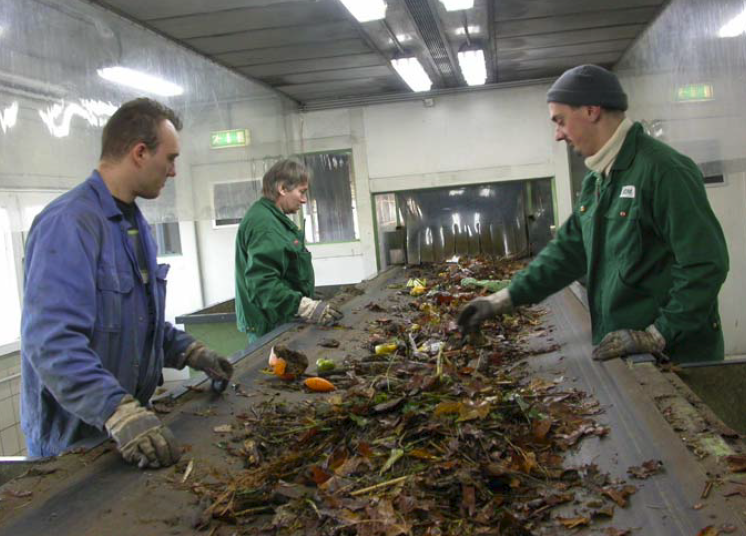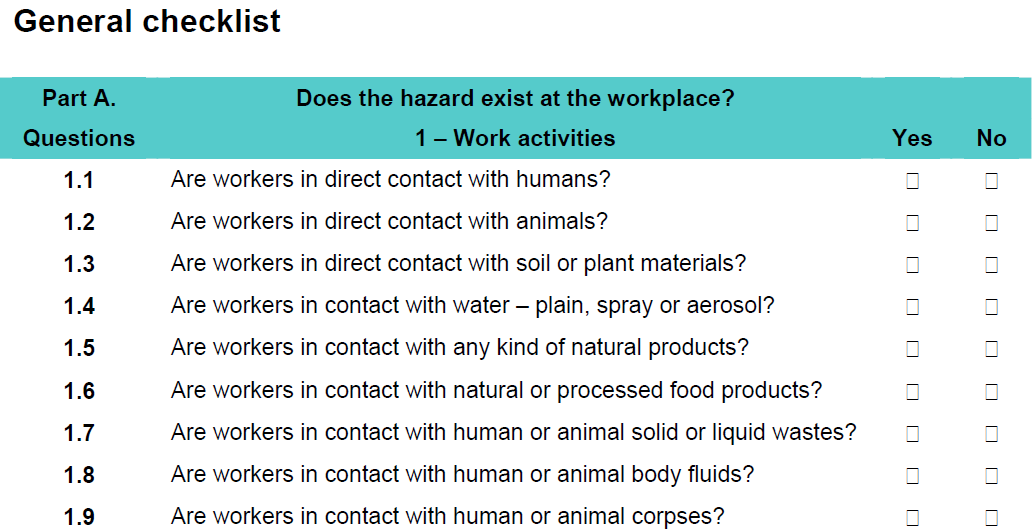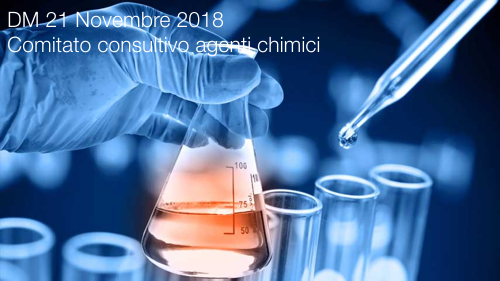Informazione tecnica HSE / 25 ° anno
/ Documenti disponibili:
45.652
/ Documenti scaricati: 34.684.526
/ Documenti scaricati: 34.684.526
ID 17633 | 18.09.2022 / In allegato
Biological agents are living organisms or products of living organisms. They include viruses, bacteria and fungi and their metabolites, as well as parasitic worms and plants. They can enter the body by inhalation, by ingestion or by absorption through the skin, eyes, mucous membranes or wounds (bites from animals, needlestick injuries, etc.). If the living conditions are favourable viruses, bacteria and fungi can reproduce very rapidly in a very short time. In addition, some of them can be passed from one person to another.
The European directive 2000/54/CE divides biological hazards (pathogens) into four groups, based on the inherent hazard of the organism. (This classification refers only to the level of infection risk of the biological agent concerned.)
Group 1 – Unlikely to cause human disease;
Group 2 – Can cause human disease and might be a hazard to workers; unlikely to spread to the community; there is usually effective prophylaxis or treatment available;
Group 3 – Can cause severe human disease and present a serious hazard to workers; it may present a risk of spreading to the community, but there is usually effective prophylaxis or treatment available;
Group 4 – Causes severe human disease and is a serious hazard to workers; it may present a high risk of spreading to the community; there is usually no effective prophylaxis or treatment available.
It should be noted that as the biological agents included in Group 1 are too numerous to specify, if an agent is not listed this does not mean that it automatically falls into Group 1.
But biological agents are not only a risk because they are infectious and toxic – they can also cause allergic reactions such as hypersensitivity pneumonitis, allergic rhinitis, some types of asthma and organic dust toxic syndrome (ODTS). The sensitising effects of biological agents are not related to the risk groups. Sensitising effects are known for fungi, bacteria and few parasites. Normally they affect the respiratory system but a few affect the skin. In addition, some biological agents may have a carcinogenic effect after a chronic infection.
This issue is a serious health at work matter and it overlaps with the public health sphere.
...
Some examples of workplaces with potential exposure to biological agents:
1. Food production plants
2. Agriculture
3. Activities where there is contact with animals and/or products of animal origin (abattoirs)
4. Health care, including isolation and post-mortem units
5. Refuse disposal plants (waste handling and sorting plants)
6. Sewage purification installations
...
Picture 2: Workers exposed to biological agents in a waste sorting plant.
...
How to do a Risk Assessment
Risk assessment is the process of evaluating risks to workers’ safety and health from workplace hazards. A risk assessment is a systematic examination of all aspects of the work undertaken to consider what could cause injury or harm, whether the hazards could be eliminated, and if not what preventive or protective measures are, or should be, in place to control the risks.
For most businesses, especially small and medium-sized enterprises, a straightforward five-step approach (incorporating elements of risk management) such as the one presented below should work well.
Step 1. Identifying hazards and those at riskLooking for those things at work that have the potential to cause harm, and identifying workers who may be exposed to the hazards.
Step 2. Evaluating and prioritising risksEstimating the existing risks in terms of severity and probability of possible harm and prioritising them in order of importance.
Step 3. Deciding on preventive actionIdentifying the appropriate measures to eliminate or control the risks.
Step 4. Taking actionPutting in place the preventive and protective measures through a prioritisation plan.
Step 5. Monitoring and reviewing
...
...
add more in attachment
Collegati

ID 13590 | 20.05.2021
Linee guida delle Regioni e delle Province autonome per la riapertura delle attività
Le presenti “Linee Guida ...

Decreto Direttoriale 1° agosto 2016
Con il decreto direttoriale 1° agosto 2016, e' stato adottato il quinto elenc...

Costituzione del Comitato consultivo per la determinazione e l'aggiornamento dei valori limite di esposizione professionale e dei valori limite biologici relativi agli agenti chimic...
Testata editoriale iscritta al n. 22/2024 del registro periodici della cancelleria del Tribunale di Perugia in data 19.11.2024